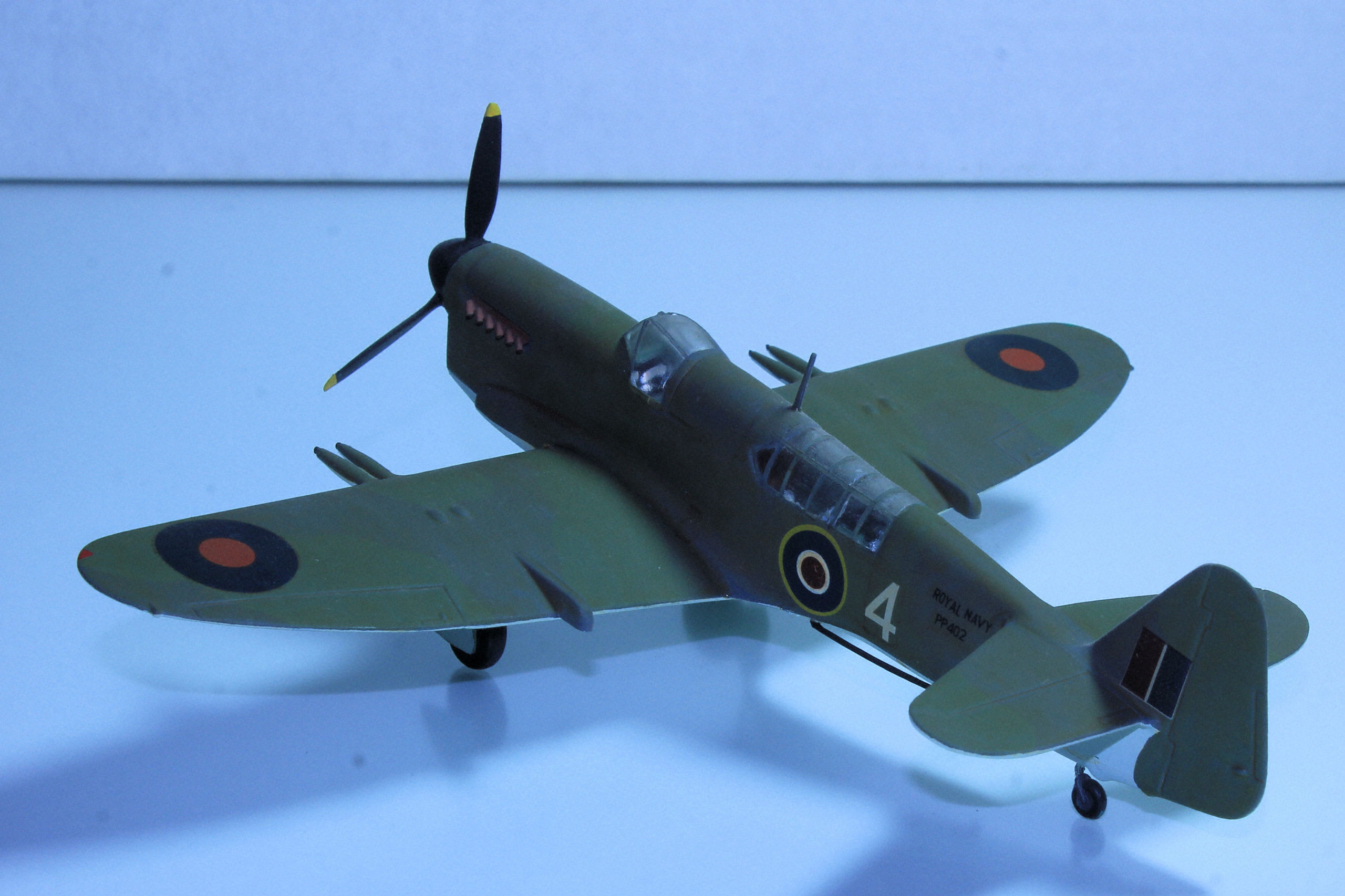Fairey Firefly
The Fairey Firefly served in the Second World War as a fleet fighter. During the postwar era, it was soon superseded in the fighter role so the Firefly was adapted to perform in other roles, including strike operations and anti-submarine warfare. In these capacities, it remained a mainstay of the FAA until the mid-1950s. Both British and Australian Fireflies routinely performed ground–attack operations from various aircraft carriers during the Korean War. In foreign service, the type was in operation with the naval air arms of Australia, Canada, India and the Netherlands. As late as 1962, Dutch Fireflies were used to carry out attack sorties against Indonesian infiltrators in Dutch New Guinea. Its final uses were in various secondary roles, such as trainers, target tugs and drone aircraft.
Specifications (Mk I)
General characteristics
Crew: Two (pilot & observer)
Length: 37 ft 7¼ in (11.46 m)
Wingspan: 44 ft 6 in (13.57 m)
Height: 13 ft 7 in (4.14 m)
Wing area: 328 ft² (30.5 m²)
Empty weight: 9,750 lb (4,432 kg)
Loaded weight: 14,020 lb (6,373 kg)
Powerplant: 1 × Rolls-Royce Griffon IIB liquid-cooled V12 engine, 1,730 hp (1,290 kW)
Performance
Maximum speed: 316 mph (275 kn, 509 km/h) at 14,000 ft (4,300 m)
Range: 1,300 mi (1,130 nmi, 2,090 km)
Service ceiling: 28,000 ft (8,530 m)
Climb to 10,000 ft (3,050 m): 5 min 45 sec
Armament
Guns: 4 × 20 mm Hispano-Suiza HS.404 cannons
Rockets: 8 × RP-3 “60 lb” rockets
Bombs: 2 × 1,000 lb (454 kg) bombs under wings
Fairey Firefly Mk.I by Novo 1/72 Scale Model in Spurious Markings and Serial Number








Photographs of Fireflies in museum can be found here
